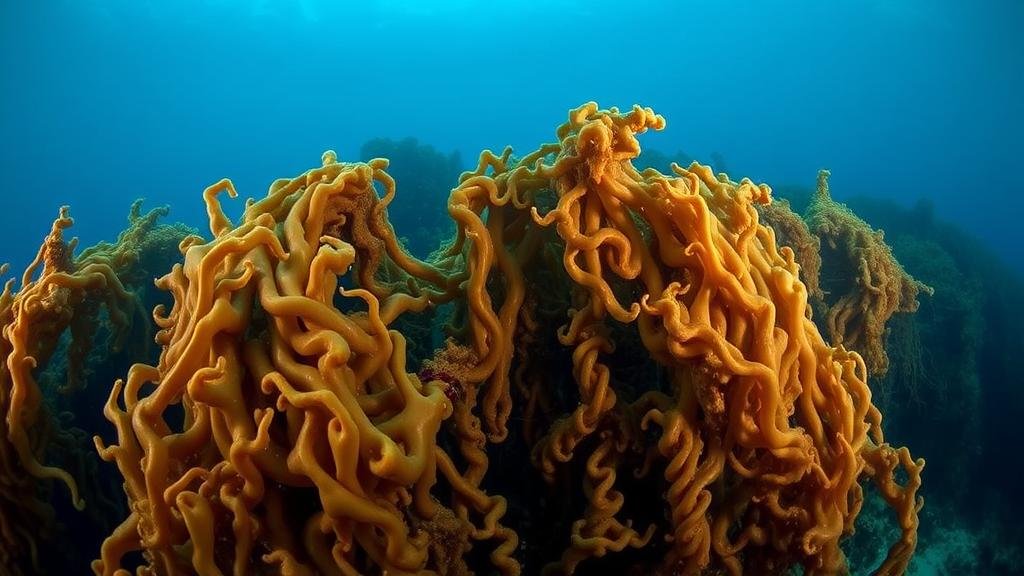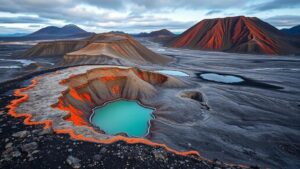Exploring the underwater kelp forests of California’s coastal waters.
Exploring the Underwater Kelp Forests of California’s Coastal Waters
The underwater kelp forests of California are some of the most vibrant and biologically diverse ecosystems on the planet. Stretching along the Pacific coast from San Diego to Northern California, these underwater jungles are not only critical for marine life but also play an essential role in the health of our oceans and coastal communities.
What Are Kelp Forests?
Kelp forests are undersea areas dominated by large brown algae known as kelp. These giant seaweeds can grow up to two feet per day and reach lengths of over 100 feet in certain species, such as the giant kelp (Macrocystis pyrifera). Ideally suited to the cold, nutrient-rich waters of the California coast, kelp forests thrive in areas with strong currents and abundant sunlight.
The Importance of Kelp Forests
Kelp forests serve as vital habitats for a wide variety of marine species. They provide shelter, food, and breeding grounds for fish, sea urchins, crabs, and many other organisms. For example, kelp forests in Channel Islands National Park have been shown to support over 800 species of fish and invertebrates, underlining the diverse ecological role they play.
- Kelp forests serve as nursery grounds for commercially important fish species like rockfish and halibut.
- They offer habitat for marine mammals, including sea otters, which rely on kelp for hunting and shelter.
Historical Significance
Historically, Californias kelp forests were not only important for marine life but also for coastal Indigenous tribes who utilized the resources they provided. For example, the Chumash people used kelp for various purposes, such as food and crafting materials. By the early 20th century, the demand for alginates–a substance derived from kelp–grew significantly, leading to widespread harvesting and commercial exploitation.
Threats to Kelp Forests
Despite their importance, kelp forests face numerous threats, primarily from climate change, pollution, and overfishing. Increased ocean temperatures and nutrient runoff lead to algal blooms that can smother kelp beds. According to a study published in the journal Ecological Applications, California has seen a dramatic decline in kelp forest coverage–up to 90% in some areas–in the last 50 years due to these pressures.
- Climate change leading to warmer waters can exacerbate the spread of damaging species like the purple sea urchin (Strongylocentrotus purpuratus).
- Pollution from coastal development and agriculture introduces toxins that can impact marine life and reduce kelp growth.
Conservation Efforts
Efforts to conserve and restore California’s kelp forests are underway. Organizations such as the Nature Conservancy and the California Department of Fish and Wildlife are working on several fronts, including:
- Useing marine protected areas (MPAs) to limit human impact on vulnerable ecosystems.
- Conducting restoration projects aimed at removing destructive species and replanting kelp.
- Engaging the community through educational programs to raise awareness about the importance of these ecosystems.
Real-World Applications
Understanding and preserving kelp forests is crucial not only for marine biodiversity but also for coastal economies. Kelp forests support the fishing industry, recreational activities like scuba diving and snorkeling, and contribute to carbon sequestration, making them vital in combating climate change. According to a report by the National Oceanic and Atmospheric Administration (NOAA), restoring kelp forests could help offset about 2.5 million tons of CO2 emissions annually in California.
Actionable Takeaways
To support the conservation of Californias kelp forests, individuals can:
- Participate in local beach clean-ups to reduce pollution reaching coastal waters.
- Support sustainable seafood practices to minimize the impact of overfishing.
- Advocate for policies that protect marine ecosystems and encourage responsible coastal development.
Exploring the underwater kelp forests of California offers a glimpse into one of natures most magnificent ecosystems. By understanding their importance and the threats they face, we can take collective action to ensure that these vibrant undersea forests continue to thrive for generations to come.



